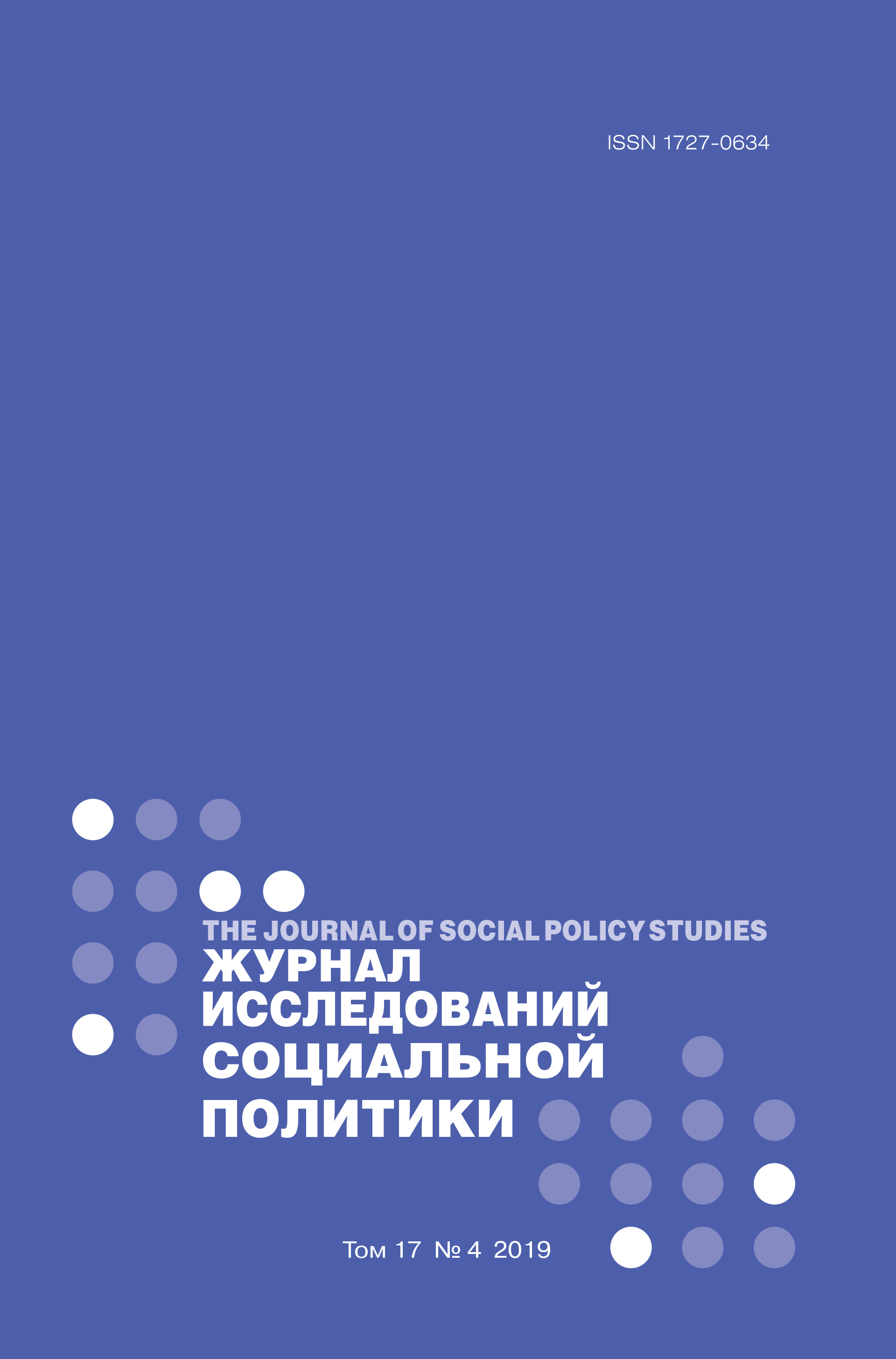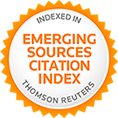Student Educational Choice after the 9th and 11th Grades: Comparing the Primary and Secondary Effects of Family Socioeconomic Status
Abstract
In this paper, we study the relationship between family characteristics and the choice of educational trajectory in high school. We explore two aspects of educational choice: whether to pursue academic or vocational education after grade 9 (middle to high school transition); and choices made after grade 11 (postsecondary) including preferences in selecting universities. In accordance with Budon’s theory on education and inequality, we explore the primary and secondary effects of a family’s socioeconomic status (SES). The primary effects are revealed in the higher educational performance of families with higher SES. Secondary effects are expressed in longer periods in educational pathways for students with a higher SES. The paper is based on the data from a longitudinal project entitled ‘Trajectories in Education and Careers’. It was launched in 2011, when respondents studied in the 8th grade, and continues to the current day. The dataset provides variables on a wide range of achievement, family’s SES and other important information proxies. For achievement TIMSS mathematics and USE in Russian language were used. The results showed that the primary effects reduce in salience from the 9th to the 11th grades, while, in the same period, secondary effects increase. Even high-achieving students from families with a low level of cultural, educational, and social capital chose less ambitious education strategies. Conversely, students from families with high SES, but low academic achievements, tend to chose in favour of higher education. On the basis of these results, we draw some conclusions on the degree of accessibility during transition into the high school and higher education, as well as the probable causes of inequality.















